How to Find Stud Behind Vinyl Siding?
Find It With These Fast And Easy Tips
Whenever you are renovating your house, you should follow some basic rules to make sure the whole process goes properly and get a high-quality result.
When it comes to covering your outer walls, you have a huge variety of different construction materials such as metal, wood, vinyl, and so on.
In this article, we’re going to find out every problem you might face when having vinyl siding.
Actually, there are some steps you should follow to get a perfect result. We will mention them later.
However, one essential part is finding a stud behind vinyl siding.
Installing Vinyl Siding
Covering your walls with siding allows you to change the appearance of your home for the better without any problems. Moreover, it is quite affordable.
In addition, the installation of siding allows you to insulate the house using insulation for facades, which will save on heating and increase the level of comfort at the same time.
Thermal insulation material keeps the temperature at your place cool in the summer and warm in the winter. Installation of vinyl siding provides the possibility of an expansion-compression effect with temperature changes.
If all the instructions below are followed, then the installed vinyl siding will look beautiful and prestigious for many years.
- Do not hammer nails to the very end. It is better to leave a small distance, about 1-1.5 mm, between the nailed panel and the nail head. The nails themselves should be hammered at a distance of approximately 29-41 centimeters from each other.
- After nailing is completed, the panel should move freely horizontally.
- Nails must be driven strictly in the center of a special hole in the panel. If the nail is driven from the edge, the panel is likely damaged.
- No need to drive nails from the front side of the panel.
- It is recommended to leave a small gap (5-6 millimeters) between the accessories for the intended expansion compression and the siding panel. If the siding is installed in cold weather, then the gap should be two (plus or minus a few millimeters) times larger.
- You do not need to tighten it after the siding panel and the bottom panel have snapped into place. Once the fixing is complete, both panels should hang freely without tension.
Suppose you decide to install electrical wiring, formwork, shutters, etc., in the siding.
In that case, you need to drill holes wider than the diameter of the bolts used by 5 millimeters.
Thanks to this, the panels will freely expand and compress.
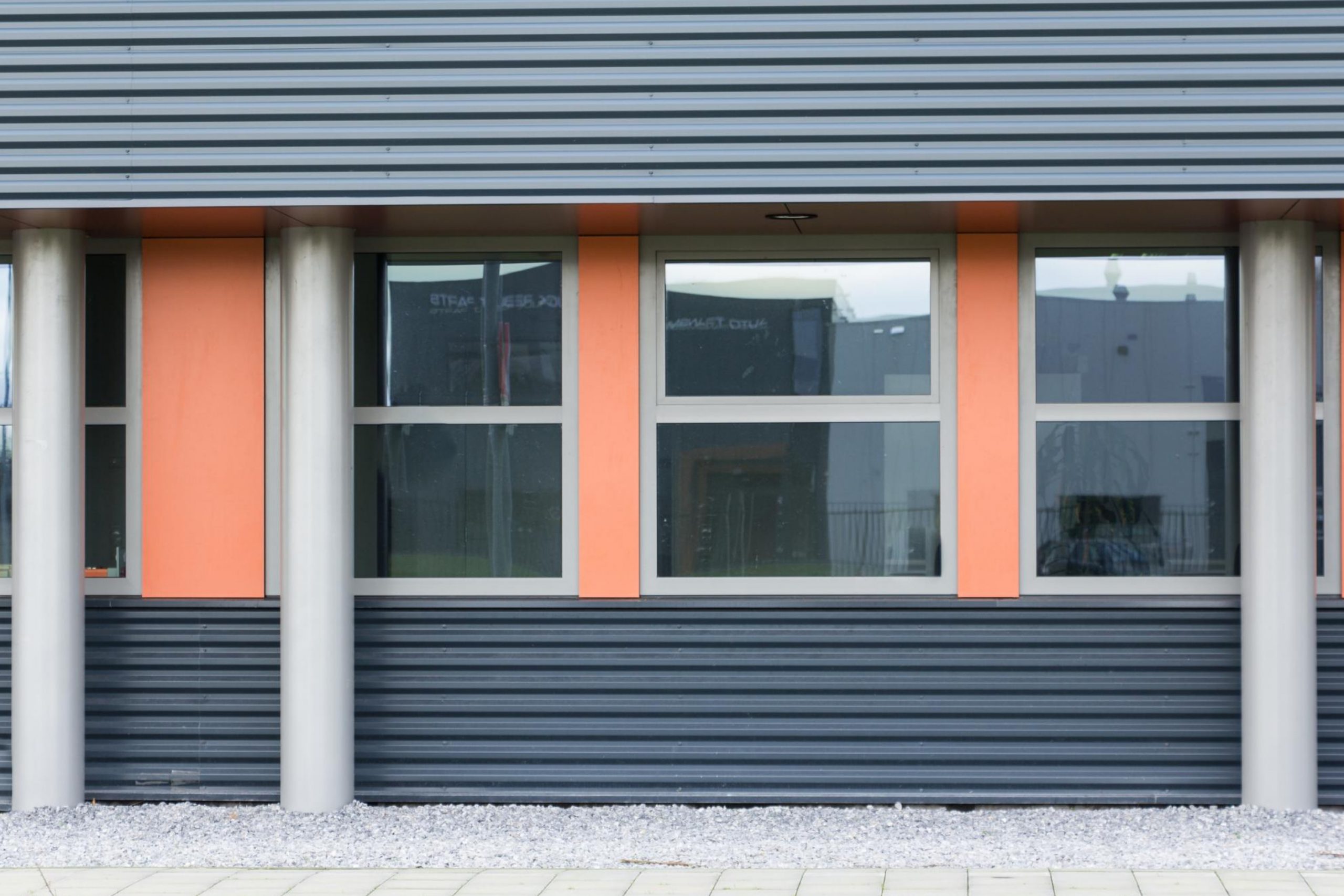
via crello: photoweges
Table of Contents
What Do You Need To Install a Vinyl Siding?
However, preparation is essential before installing the vinyl siding. Following the rules will definitely help you to not damage the cover. So, here is a list of tools you might need to either install the vinyl siding:
- Tape measure;
- Circular electric saw;
- Hacksaw with fine teeth;
- Metal ruler, folding;
- Cross saw;
- Pliers-perforator;
- Hammer and nail puller;
- Screwdriver;
- Carpenter’s hammer, metal;
- Awl;
- Scissors for metal;
- Knife-cutter;
- Twine;
- Chalk;
- The level is at least 60 centimeters long;
- Pliers
- Safety glasses;
- Crimping pliers.
As was mentioned before, these are some steps for the preparation part which are essential to follow:
- Wood wall panels or lagging boards should be nailed down tightly, and any rotten panels should be replaced.
- Next, a layer of old plaster around doors and windows is removed.
- Now you need to remove the drainpipes, moldings, and lamp fixtures from those areas of the house where they can interfere with the installation of siding.
- Climbing plants and interfering tree branches should be removed. This will provide more room for installation.
If you find it possible, it is recommended to remove all window sills from the wall.

Find a Stud behind Vinyl Siding before Installing It
The stud can only create problems when sheathing a house with vinyl siding when it runs along the wall of the building.
In addition, if you are sheathing a house without insulation, with a crate of a minimum height, or without it at all, the existing gap between the wall and the stud may be quite enough for you. You will not need to do anything with it.
The stud will become a hindrance if it is already located at a distance of no more than 6 – 7 cm from the wall, and also if at the moment there are already violations in its location.
Another reason for replacing the stud, and at the same time its displacement, maybe its deterioration – for example, rusty spots that threaten gas leakage.
Some owners prefer to ignore all the rules and regulations and do what is most convenient: sew up the stud with siding. We will discuss the opportunities and threats of this option below.
As a rule, this is done by those homeowners who have gas brought into the house from the backside, invisible from the street, and controllers from the gas service rarely come.
However, do not forget about the danger of such a decision because the rules are not written to issue fines but to ensure the safety of your life and health safety.
However, if the controllers see this, you will be disconnected from the gas supply until the situation is corrected, and you will have to pay not only for the installation of a gutter in the casing or the transfer of the stud but also a fine and reconnection.
Sewing the stud tightly will take as much time as it takes to sheathe this wall with siding.
If later you have to redo everything according to the standards, then time will be added to the installation time to disassemble the lining of the upper half of the wall.
Suppose such a situation arises at the direction of the controller, for the entire period of re-equipment.
In that case, your house will be cut off from gas supply. In the case of a stud transfer, it can be a month or more.
Take care, at least, of your safety.
Make several ventilation holes in the siding at the level of the stud, and install a gas analyzer in one of the gaps between them – a sensor that can warn you of a leak.
Remember that the main rule is to remove all shutters, drainpipes, light fixtures, gratings, and other fixtures mounted on the siding surface.
Dismantle old finishing materials or fix them so that it does not interfere with the installation of the siding.
How To Find Stud behind Vinyl Siding?
There are a number of devices that allow you to find the stud in walls or behind a certain type of coverage:
Indicator screwdrivers.
They allow you to detect a wire at a depth of no more than 2 centimeters and only if it is energized.
To detect the wire, the tip of the tester is clamped in the fingers, and the reverse side is driven along the surface where the desired object is supposedly located. Near the wiring, the LED in the device will light up.
Stud finder
A special device was designed for this purpose. It allows you to search for wires at a 7 – 8 centimeters depth. According to the principle of operation, the detectors are electromagnetic, electrostatic, or combined.
The latter also has a metal detecting function, which makes the device almost universal.
Metal detectors
Allows you to detect the wire, even if there is no voltage in it. Along the way, such a device will “find” all the fittings in the slabs and nails in the wooden walls.
But there are modern models that react only to aluminum and copper, from which the conductors of electrical wires are made.
True, the wiring location area is “blurred” up to 5 cm since it depends on the metal detector coil.
Multimeter
Even the simplest and most inexpensive device will allow you to determine the location of the wire in the wall.
True, the accuracy “limps” up to 7 centimeters in each direction and depends on the depth at which the wiring is located.
Since not everyone needs metal detectors and stud finders in everyday life, they are rarely included in the usual toolbox.
It makes no sense to purchase them for one-time use.
Therefore, indicator screwdrivers and multimeters are most often used in everyday life.

via crello: Theerapolll
How to Drill Into Vinyl Siding?
So, you are likely wondering how to drill into vinyl siding for different purposes. Here are so basic tips to follow in order to not crack your siding:
Measure the house’s exterior to determine exactly where the hole will be drilled in the vinyl siding. Mark the hole with a marker, so it is clearly visible to the naked eye and dark enough to see even if the siding is not white. Mark any other places that may need to be drilled so that there is no stop after drilling has started.
Examine the siding to determine what’s underneath. This will help you figure out what type of drill bit you will need to use. Push down on vinyl siding if you’re not sure what type it is. If the surface is behind this tree, you will need to use a wooden drill, and if it is brick, you will need to use masonry.
Attach an appropriate drill to the drill and line it up to the first mark on the siding. Turn on the drill and press down on it to start drilling vinyl into brick or plywood. Keep pushing until the brick or plywood is pierced and stop before the material is completely through.
Drill all other desired holes in the same manner as the first one and insert locking screws with washers or any other desired material into each of the holes.
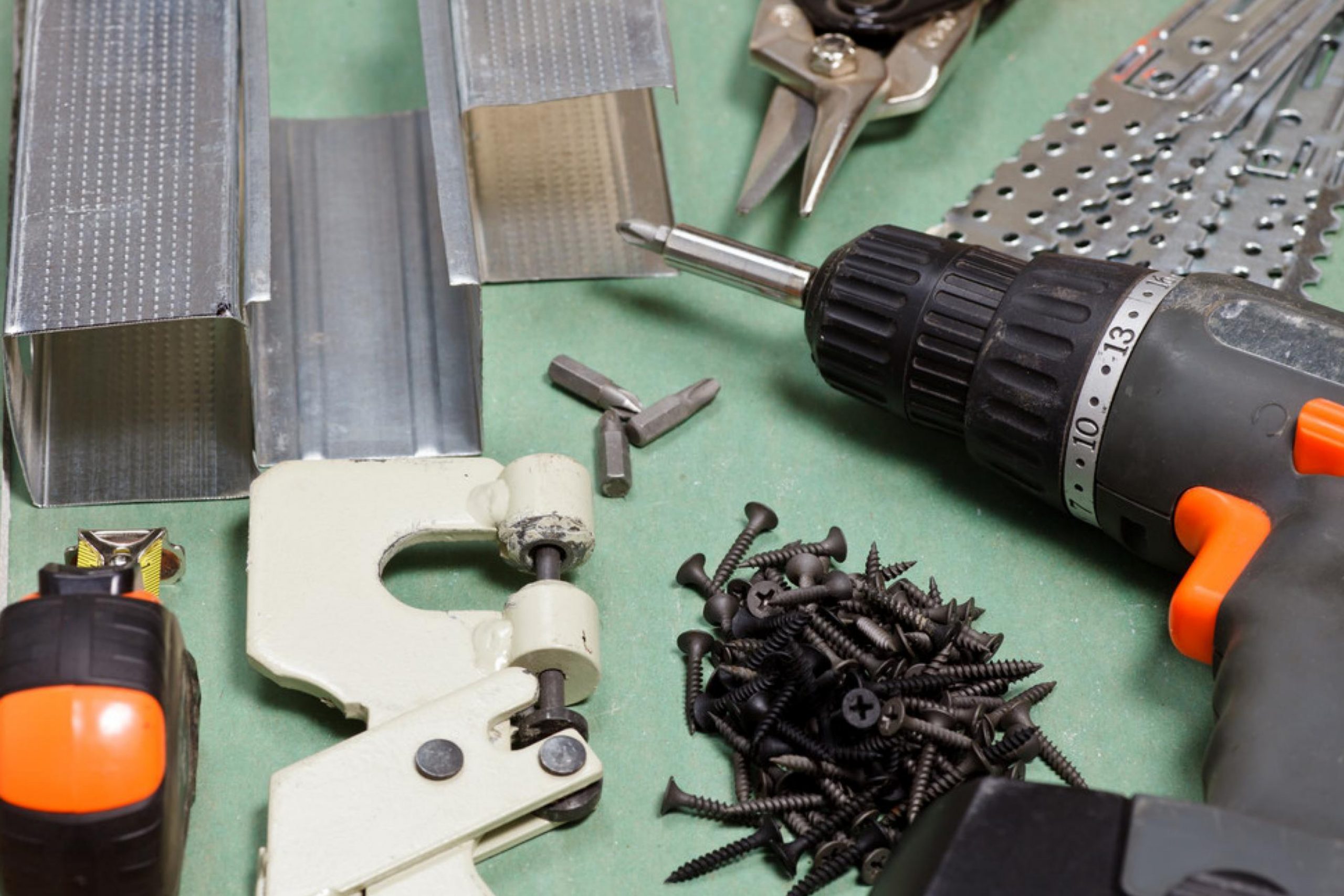
via crello: dnaumoid
How to Mount a TV on Vinyl Siding
One of the reasons why you would possibly want to somehow drill your siding or renovate is because of the TV.
Even though it will perfectly fit your lounge zone in the yard, there are still some important steps to know before mounting the tv on a siding.
However, there is no need for panicking! TV mount on siding is nothing new to the renovating world and is actually one of the easiest processes to do.
So, to mount the tv to the siding, you should screw two 2×4 bolts horizontally to the wall studs at the top of the vinyl siding with stop bolts. You can put a few washers on the 2×4 stop bolts if you want to keep the spacers from crushing the vinyl.
Then screw the TV mount up to 2×4. Obviously not on vinyl, but on wood. That’s it!
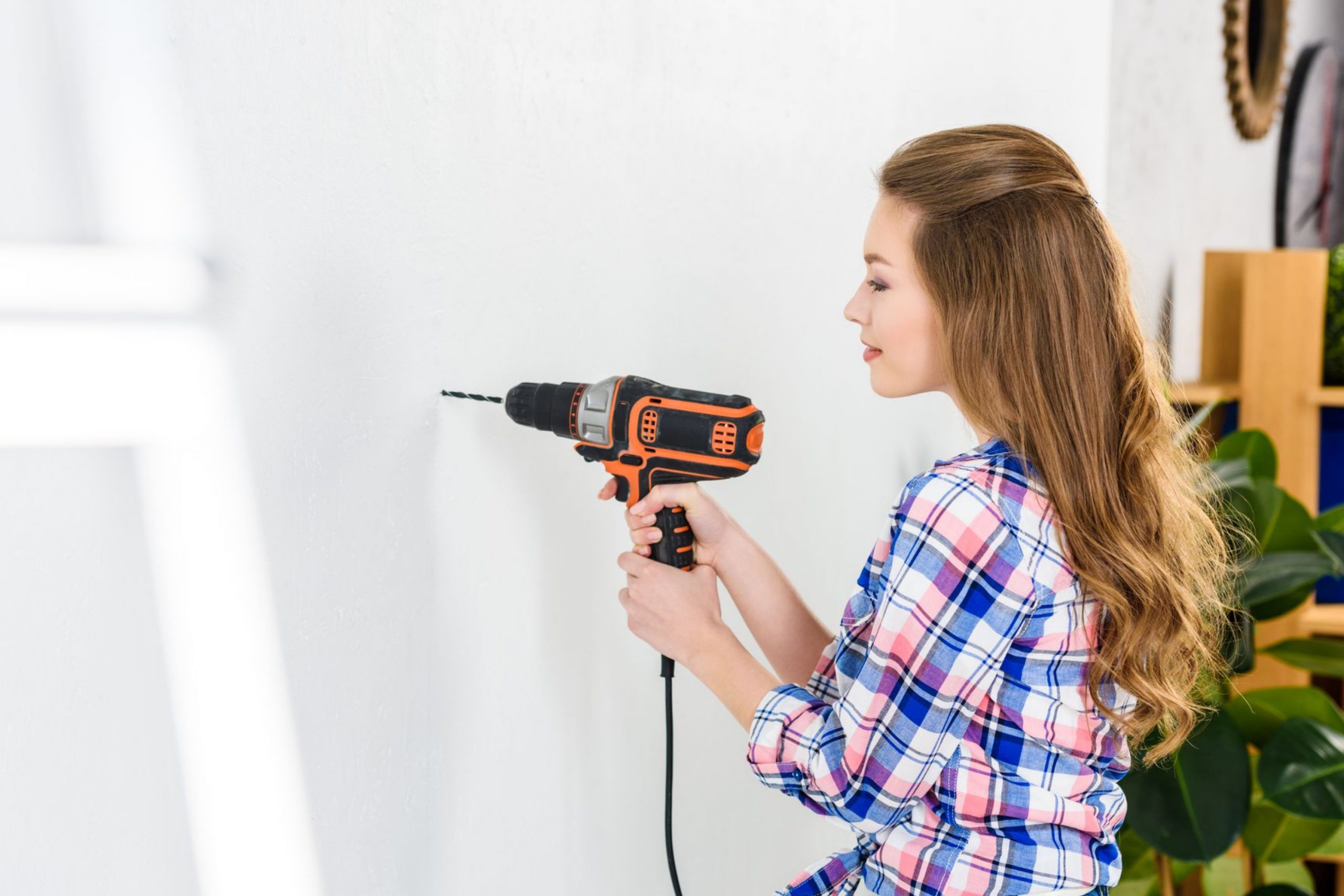
via crello: IgorVetushko
How to Install a Mailbox on Vinyl Siding
Wall mailboxes attached to vinyl siding are comfortable and look nice.
However, there are some things to consider before installation. While post-mounted mailboxes located near the curb tend to be more popular, there are many benefits to installing a mailbox connected to your home.
It would be fair to admit that hanging a mailbox on vinyl siding is not that easy. It is not because of the technical part, but because of all the law in your country.
For example, the United States Postal Service (USPS) has specific requirements that you must follow if you are allowed to install a mailbox.
Before diving into installation, make sure the location where you want to install the mailbox does not violate any HOA or USPS guidelines.
Also, double-check to make sure it’s a practical place for the postman and is clearly visible. The worst mistake you can make is to place it where it’s hard to find, such as behind a bush or tree.
Once you decide which letterbox to hang on your vinyl siding, you can install it by first sliding the S hooks under and over the vinyl siding where you want the box to be installed. Strong construction adhesive is an alternative to S-hooks.
One person can support the mailbox and hold it in place while another inserts the mounting screws between the mailbox and the S-hooks.
Once the mounting screws are inserted into the S-hooks from the mailbox, add nuts to the other end of the screws (the back of the letterbox, which is the closest to the wall). Then secure and fully tighten the screws on the front with a screwdriver.
Ever wished paint sampling was as easy as sticking a sticker? Guess what? Now it is! Discover Samplize's unique Peel & Stick samples. Get started now and say goodbye to the old messy way!
Get paint samples




Frequently Asked Questions
⭐Can I drill into vinyl siding?
Yes, before that make sure you know all the rules for this process.
⭐Can I use an indicator screwdriver to find a stud behind vinyl siding?
Yes, it is one of the easiest ways to find studs.
⭐Do I need to check the surface before installing vinyl siding?
Absolutely! It is essential to examine the surface to determine what's underneath.
19 thoughts on “How to Find Stud Behind Vinyl Siding?”
Leave a Reply

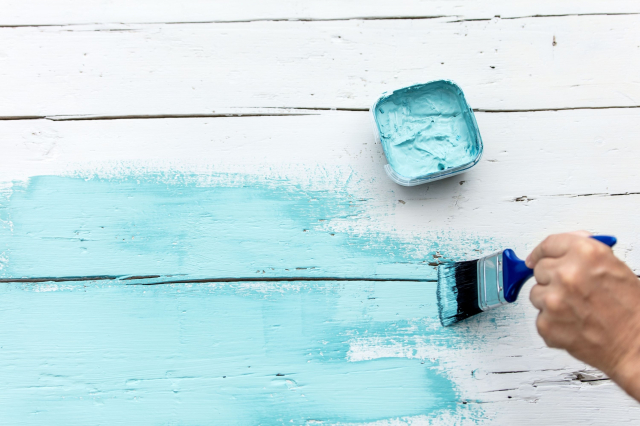
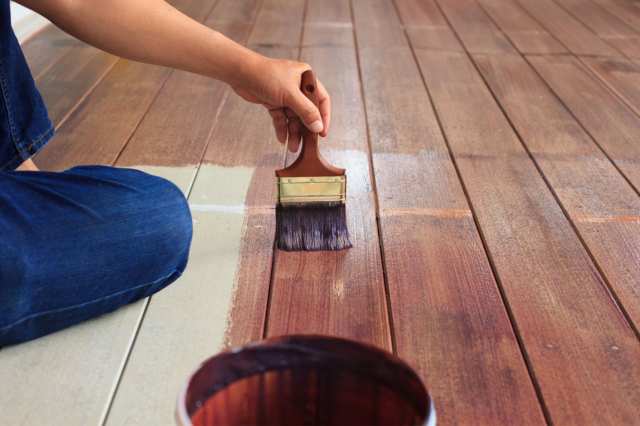



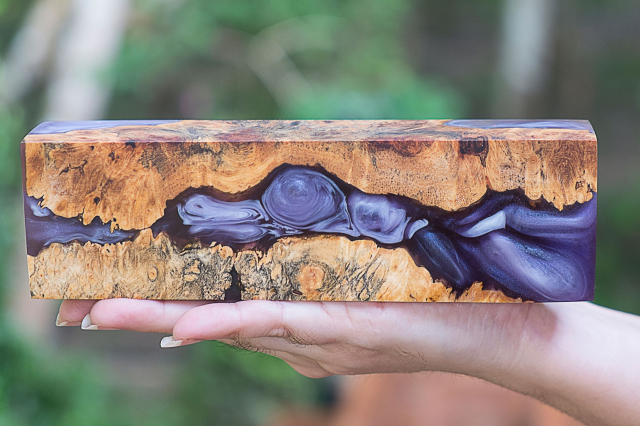

Well, you should knock or tap the area with your hammer to find the stud. If you hear a hollow/empty sound, tap a little to the left or to the right. When the sound is muffled, you’ve hit a stud.
Could you pelase recommend me the best stud finder for exterior walls? Thank you!
Hi! Could you explain how to find studs on exterior walls if I don’t have a stud finder?
Well, I guess you can simply knock on the wall with something hard, like the handle of your hammer. The open wall space will have a hollow sound, while the studs will produce a muffled, solid sound. Also, you can use a strong magnet like the one for fastening things to the refrigerator. By dangling the magnet from a string close to the wall, you can see where it is drawn to the metal beneath.
I want to mount a few hanging flower pots to my exterior walls, but the problem is that I have vinyl siding. Does anyone know whether anchoring into vinyl siding is possible?
As far as I know, you can’t anchor exterior features directly to the vinyl siding. Instead, you need to cut a hole through the siding and attach a mounting block to the underlying sheathing or framework of the house.
Does anyone know how to find studs through aluminum siding?
The quickest way to do it is to use a stud finder or metal detector to find the studs behind aluminum siding appropriately. But you can also spot them by the placement of outlets.
Can anyone explain to me how to find studs behind steel siding?
I guess there are special tools for this purpose, but I’ve never used them since I never worked with studs.
Hi everyone! Thanks for such an informative article! I hope you’ll be able to help me as well. See, I want to mount lights to my vinyl siding house since we’re having a party soon. It’s like Christmas lights only a bit bigger, more like bulbs. But I don’t know what’s the best way to attach them! Could you please help?
Hello! We’re glad that you foudn this article useful. Well, for attaching lights to a vinyl siding, the best and the most durable option would be to use vinyl siding hooks. These hooks will keep your lights properly attached and won’t cause dmage to the siding as well.
My vinyl siding is pretty dirty, which I’m ashamed to admit. Do you guys know how to clean it quickly and cheap? I mean without any special washing machines, etc. Thanks!
Vinyl siding is very easy to clean! You can wash your vinyl siding either with a soft cloth or ordinary long-handled, soft bristle brush. If you have a textured surface, I’d recommend you use only a soft bristle brush. It will help you keep the grooves in the texture stain-free. For best results, start at the bottom of the house and move up, rinsing the cleaning solution completely before it dries.
Such a useful article! I was wondering if you know whether I can hammer the nails into vinyl siding?
Of course you can use a hammer on vinyl siding. We also covered in the article how to drill the vinyl siding and we would recommend trying it too.
Hey! As it was mentioned in the article, metal detectors are widely used to find stud behind vinyl siding.
The article is exactly what I need! Do you know if there are any special hangers for the TV to be installed on vinyl siding?
No, you don’t need any special hangers. You can use a regular one, which are suitable for any indoor wall.